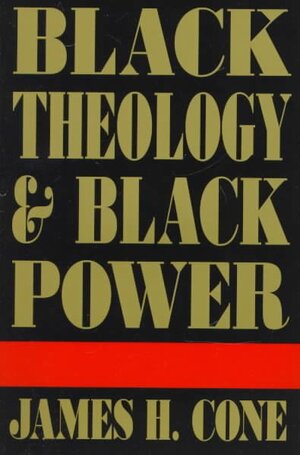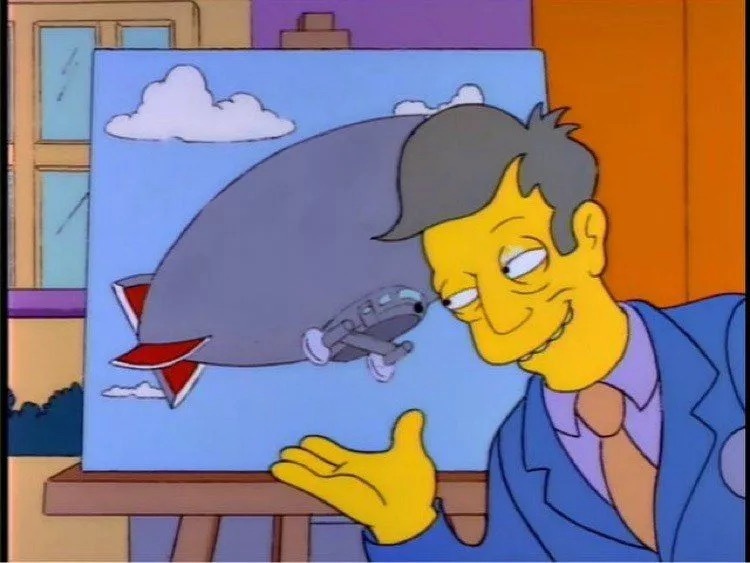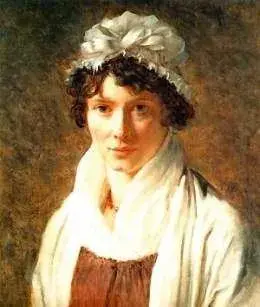Permanently Deleted
I'll dm you the answer if you don't mind so everyone gets a chance. Oh and what about the questions in the post?
Check out the table in the pic after you read the post and keep in mind that there is more to the story :possum-party:
This lesson really needs a whiteboard :) What threw you off?
That is because the similar letters are grouped together on purpose. Here is the original alphabet which didn't have any dots:
أٮ ح د هـ ور ح ط ى ك ل م ں س ع ڡ ص ڡ رس ٮ ٮ ح د ص ط ع
Then they added the dots to make things easier.
ب ت ث you wanna know how to tell these three letters apart?
:wtf-am-i-reading:
The (b sound) ب has the dot below its shell and the word “below” starts with the sound b. It's transliterated as b
The (t sound) تhas two dots above its shell and the word “two” starts with the sound t. It's transliterated as t
The ث (th sound) has three dots above its shell and the word “three” starts with the sound th. It's transliterated as th
:gigachad:
Nowadays dotless Arabic is used to circumvent censorship
Will this help me improve my shitty Hebrew that I've never been able to learn :chomsky-yes-honey:
:ooooooooooooooh:
But on the plus side maybe I'm good at Arabic instead :thonk:
Yiddish is exclusively a vernacular language of Jews of Central/Eastern European descents (Ashkenazim). In addition to prayer and study of sacred texts, Hebrew as a written language had continuous usage to transmit information between Jews who had different vernacular languages (Judeo-Arabic, Ladino, Yiddish, Judeo-Persian etc.)
Not really, the scripts diverged early. Might help with Aramaic though.
answer
Besides Arabic itself: Persian, Pashto, Urdu, and, uh... Uighur?
When listening to a spoken word, is there a good way to tell the difference between أ and ع , هـ and ح , س and ص , ت and ط , ز and ظ , د and ض ?
Edit: Formatting mixed up everything. Alif and Ayin, ha and h.a, sin and sad, dal and dad, zain and za, ta and t.a.
Yeah all these languages use the Arabic script. About the Ayn, have you seen yesterday's lesson ? You should have no trouble telling these letters apart after some practice.
ط ظ ص ض are what we call emphatic letters and their unemphatic counterparts are ت ذ س د respectively. I'll see about making alphabet lessons :)
This is great stuff!
This is the first time I've been able to clearly see how Arabic is related to Phoenician/Proto-Canaanite. So cool to see how Arabic is much closer to it than Romano-Greek scripts, which, uh, took some liberties.
Oh, also, you mentioned that diacritics can be used to separate similar consonants, but I was always under the impression they indicate vowels? Is it both?
you mentioned that diacritics can be used to separate similar consonants,
Dots not diacritics, see this comment
Arabic has 3 long vowels (letters ا و ي) and 3 short counterparts which are pronounced roughly half as long. The diacritics represent the short vowels and they are َ ُ ِ
Makes sense? Do you wanna know more about vowels?
Damn! It shouldn't have any dots, comrades. What do you think of the lesson?
:kitty-cri-texas: this is not my chart
Next time I'll take screenshots of my own material :)
This is a fantastic thread, I’ve never seen anything like it (although I’m a dumb monolingual US guy)
Too tired to elaborate but it was super great
:rat-salute:
monolingual US guy
Maybe we can change that :sicko-yes:




